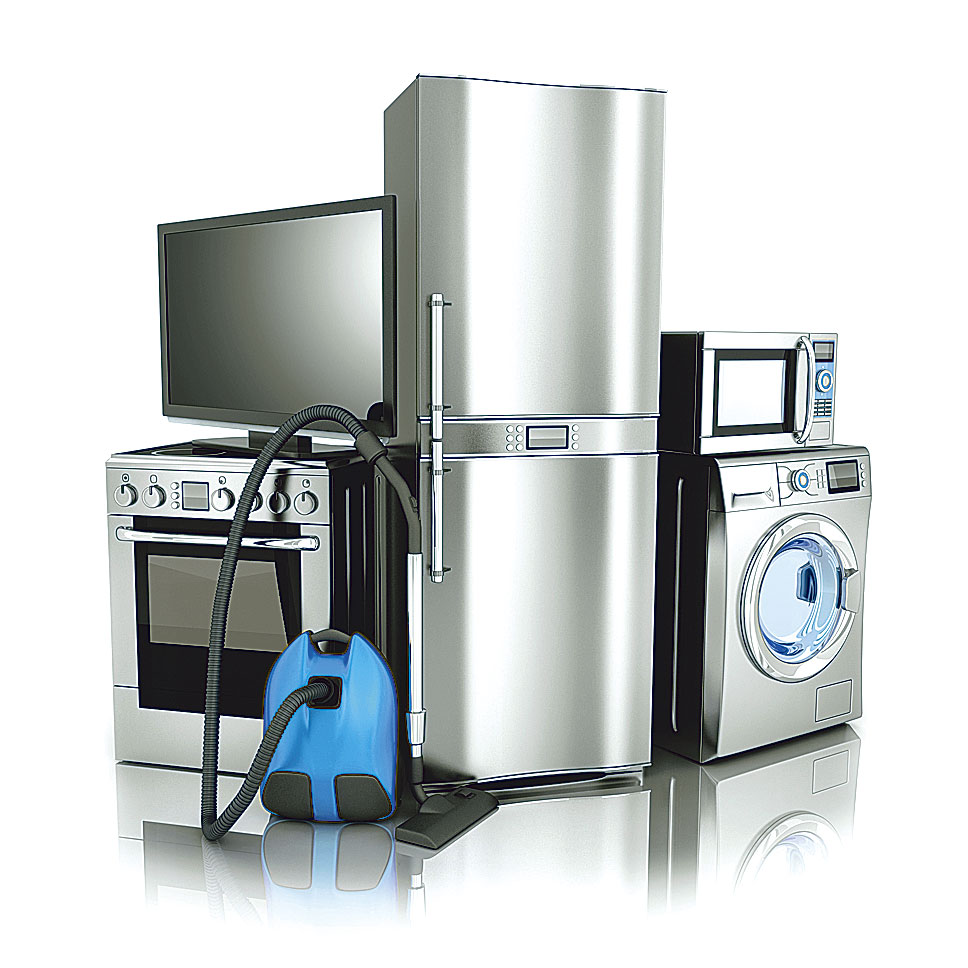When Romanian IT rankings reflect global ones, it can only be a good thing. On the one hand, it is obvious that major multinationals only enter the developed markets. On the other hand, the more diverse the offer, the better the prices presented to customers.
Lenovo leads the global PC market. Less than ten years since taking over IBM’s PC division, the Chinese corporation managed to surpass established brands everyone used to turn to when buying a laptop, such as Sony, Toshiba, HP or Dell. As Aymar de Lencquesaing, CEO, Lenovo EMEA, puts it, “we decided to keep both R&D and production departments in house. Which weighed a lot, keeping that most innovations are generated by engineers in the manufacturing sections, assembling the mechanical parts of laptops.”
Lenovo too had to battle raising costs, but the Chinese didn’t get stuck in this “small detail”. And, while its competitors were going on a seemingly endless downward slope, Lenovo managed not only to boost its sales, but also to make a good profit. To be fair, the top ranking in PC sales was achieved (both globally and on the Romanian market) only one year ago, after the company entered the client PC segment, with cheaper products. Unlike the business niche, the client one gained ground, especially due to the BYOD (bring-your-own-device) trend adopted by more and more companies allowing employees to work on their own electronic devices.
The mid-range battlefront…
In the tablets category, Lenovo ranks third globally and second in Romania, while on the phone segment performs well internationally (ranking 4th), but not yet on the local market, where the Lenovo smartphones have only just been launched.
Lenovo’s main competitor is Samsung, the Korean corporation that accomplished the feat of becoming the world top tablet and phone producer, surpassing Apple’s sales on all levels. Maybe because, on these two distinct segments, Samsung, as well as Lenovo, display a much diverse palette of products (the Koreans lead in this respect) than Apple, their portfolios including also mid- or low-range devices. Actually, in order to attain global success, any producer has to expand its reach in the less-developed markets, a customer sector that seems to be completely ignored by Apple, whose marketing strategy is built around premium, high-quality, highly expensive products. Such a strategy brings along a few shortcomings. Firstly, the medium-range class is now so broad and multifarious that it virtually came to offer products as powerful as the high price tagged devices. Although Samsung, Apple, Huawei and Lenovo lead the global market, more and more newcomers are making their way to the top, launching cheaper, high-quality phones and tablets.
Romania stands out in this respect, displaying a trend only seen before in Turkey: the local customers tend to embrace local brands, such as Allview, Utox, Evolio or Eboda, selling inexpensive products with generally poorer performances. Still, all these companies are now entering the mid-range market, with better, more solid devices.
In Aymar de Lencquesaing’s view, the local manufacturers don’t have the necessary resources to fight the major players, since they can’t keep the pace in the R&D department. They tend to rely on the creativity and commitment of the Chinese parts producers, which, in turn, only own modest R&D departments (or not at all).
…And the house appliances battlefront
Samsung Electronics Romania leads the local Consumer Electronics segment, with a 30% market share, value-wise, and a 25% total volume share. Sales reported in the second trimester of the year show Samsung ranks first on the microwaves and vacuum cleaners sectors and second on the refrigerators and air conditioners segments. “We are proud of achieving a 50% TV market share and 40% of microwaves sales”, says Victor Armaselu, manager, Consumer Electronics, Samsung Romania, explaining that these performances are due to the “surprising offer we present in each category” and by the new products launched year by year.
The local subsidiary managed to improve sales volumes in fridges, vacuum cleaner and microwaves niches and is now aiming to achieve a top-three position after launching a premium product, Crystal Blue, conceived together with the renowned fashion designer Stephan Pelger.
There are some local consumer electronics producers, with Arctic leading the way. With most household appliances older than 10 years, there is room for further growth on this market.
“On the long term, local brands can’t keep up with major competitors, because they don’t benefit from the support of R&D departments, which deprives them of a creative, innovative perspective”
Aymar de Lencquesaing, CEO, Lenovo EMEA





